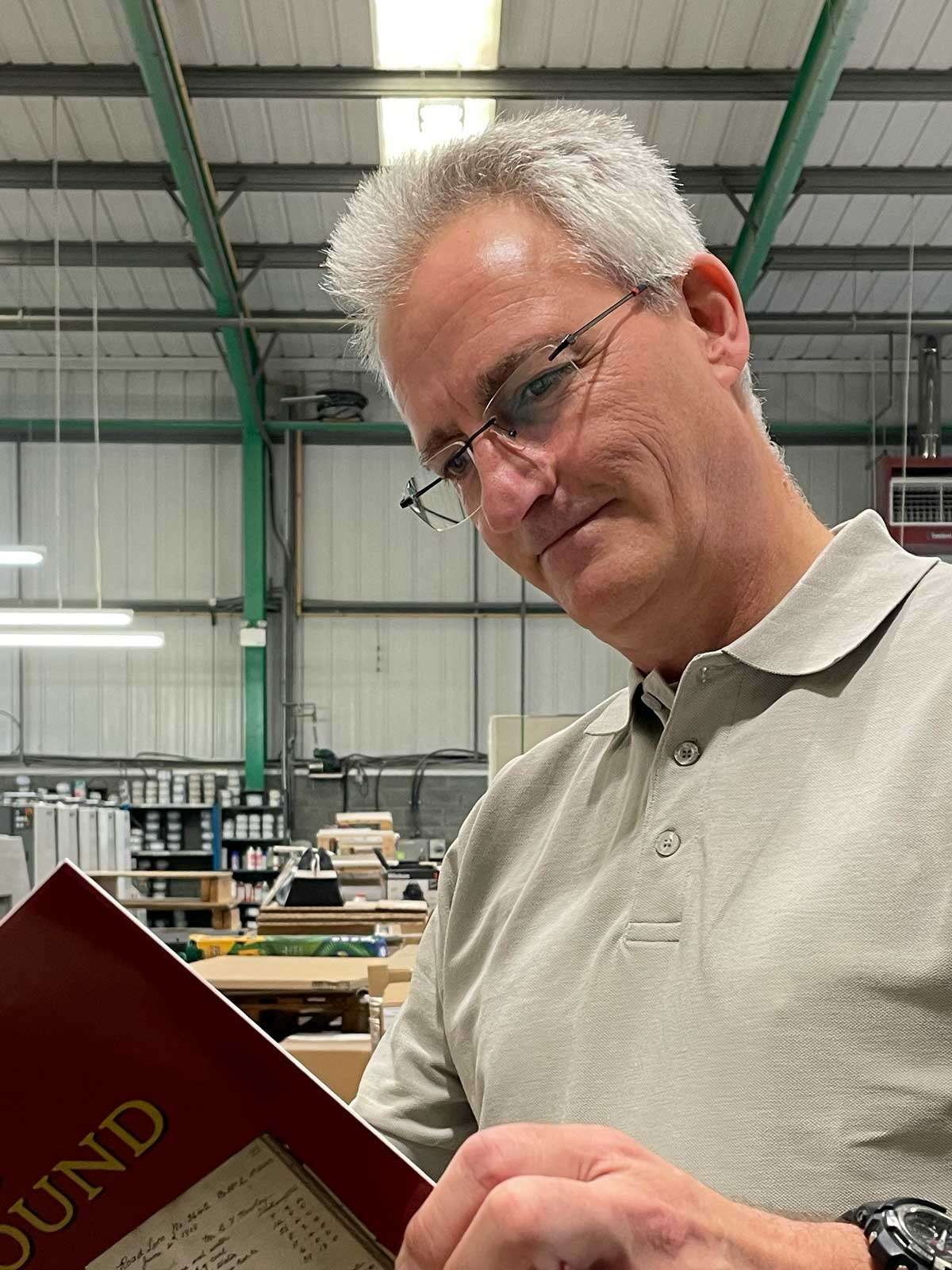Meet our Head of Sales, Richard Lambert
With over 35 years of experience in printing, our Head of Sales, Richard Lambert, is ready to assist you in producing the very finest books.
Deep expertise in specialist roles
Richard Lambert, the Head of Sales at The Amadeus Press, brings decades of experience and a passion for print to every project. His journey in the printing industry began in 1987, leading him through roles in production, quality control, and sales. Richard’s deep expertise in pre-press and repro services eventually brought him to The Amadeus Press, where he now oversees sales for book and magazine printing, particularly for clients in historical transport and modelling.
Your trusted and enthusiastic partner
With a commitment to hands-on, personalised service, Richard ensures that each customer’s needs are met with care and precision. Whether it’s helping clients choose the best printing options or guiding them through potential challenges, Richard’s approach is rooted in understanding and collaboration. His enthusiasm for historical transport, especially railways, adds a unique touch to his work, making him a trusted partner for publishers and societies alike.

